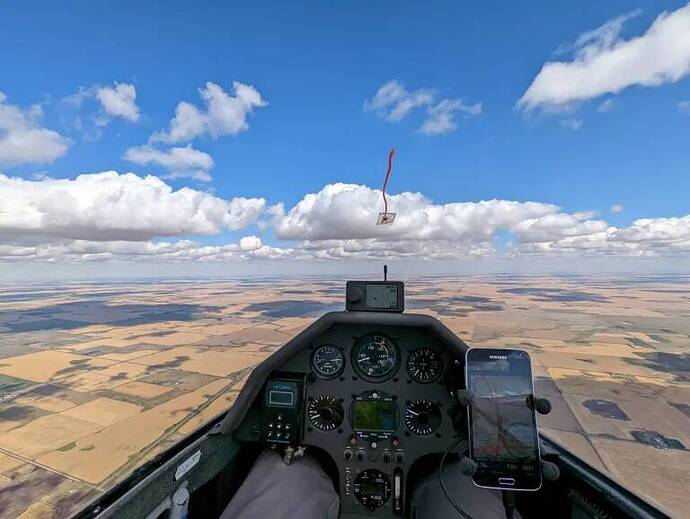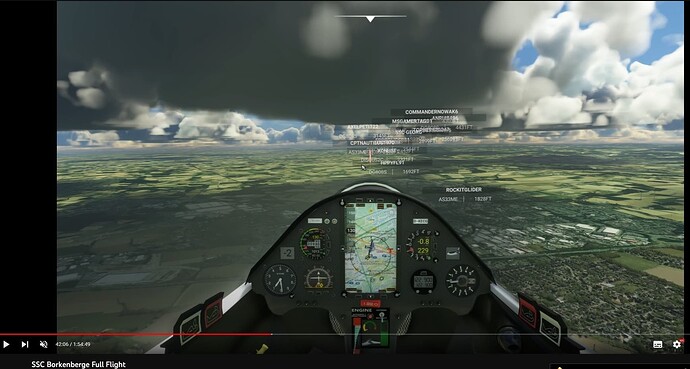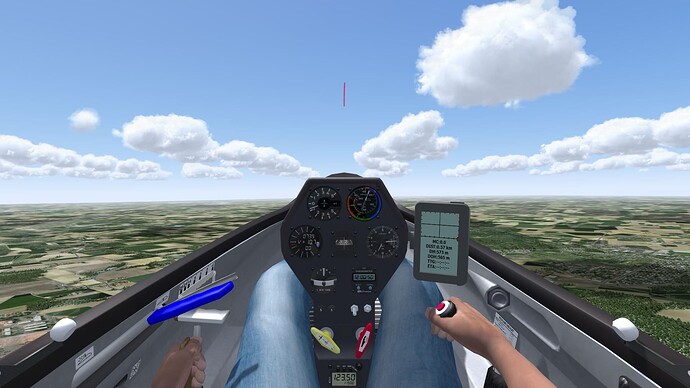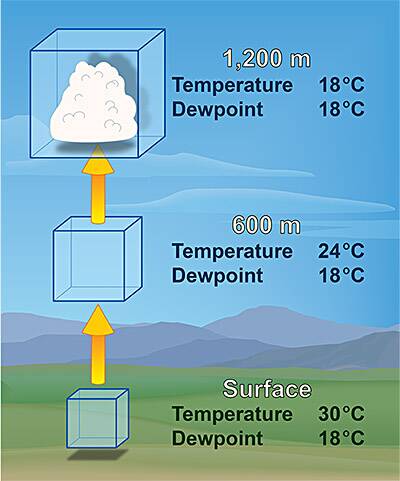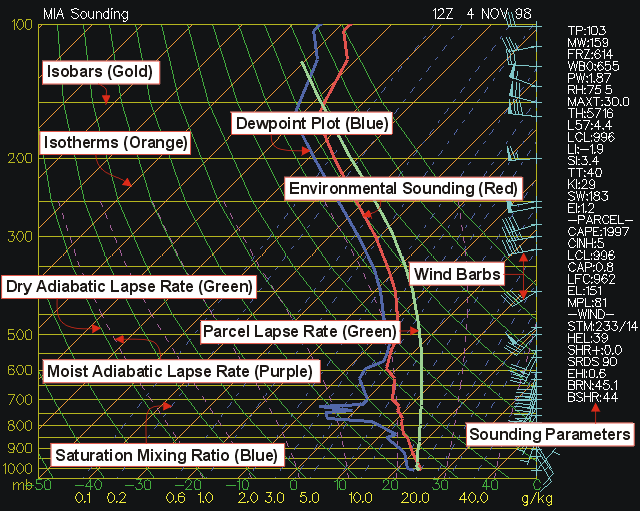Turbulence setting is set to realistic.
To elaborate some more, what we (glider pilots) ask for is NOT a boost in strength of cloud thermals across the board.
The big storm clouds already produce great amounts of updrafts (aka thermals, not to be confused with turbulence)
 It’s the small clouds (up to ~8000 ft bottom to top, <2 density) that have no measurable thermals attached to them.
It’s the small clouds (up to ~8000 ft bottom to top, <2 density) that have no measurable thermals attached to them.
In SU9 we could still find some lift below smaller clouds.
Unfortunately every following SU made the situation worse for glider pilots.
Note:
The graphics in the first post were made before the vertical wind (ft/min) limit was removed in SU12b.
So the curve shall not be interpreted literally, as there is no more Maximum vertical wind.
But it still shows the drastic lack of vertical wind below small clouds, which is still the case and is the core issue.
When comparing data from real life glider flights in common weather (resembling the few clouds stock preset in the sim), there is a huge difference to the cloud thermals we find (or rather dont find) in the sim.
And we are strictly talking about cloud thermals here. NOT the heat only thermals, of which there exist way too many, and which we hope will be significantly reduced (see "heat only" lift adjustment in SU12 Beta is an improvement but needs strength adjustment as well as altitude - #12 by FF403 )
 It all boils down to the issue that we want to fly in realistic looking conditions and experience realistic amounts of thermals below clouds. Which is currently not the case.
It all boils down to the issue that we want to fly in realistic looking conditions and experience realistic amounts of thermals below clouds. Which is currently not the case.
Sorry @N316TS
here’s the added info from the bug template
 Thank you for using the Bug section, using templates provided will greatly help the team reproducing the issue and ease the process of fixing it.
Thank you for using the Bug section, using templates provided will greatly help the team reproducing the issue and ease the process of fixing it.
Are you using Developer Mode or made changes in it?
No
Have you disabled/removed all your mods and addons?
Yes
Brief description of the issue:
There is no thermic activity below small couds, only under huge clouds.
Provide Screenshot(s)/video(s) of the issue encountered:
See first post
Provide coordinates (DevMode > Options > Display position)
this is independent from exact location
Provide time & date of the observed Weather issue
Tested in Summer on Northern hemisphere.
Detailed steps to reproduce the issue encountered:
load a glider flight in the middle of the Ocean (to exclude the heat only thermals) some time in June, at noon and select the “Few clouds” weather preset. Note that when flying below clouds there are no thermals below them. Only when increasing the cloud top altitude and increasing the density, thermals start to show up. Even when testing over land, all the measurable thermals are not attached to clouds, but rather are generated from the surface.
PC specs and/or peripheral set up if relevant:
not relevant
Are you using DX11 or DX12?
DX11
Are you using DLSS?
Yes
 For anyone who wants to contribute on this issue, Click on the button below to use this template:
For anyone who wants to contribute on this issue, Click on the button below to use this template:
Do you have the same issue if you follow the OP’s steps to reproduce it?
Provide extra information to complete the original description of the issue:
If relevant, provide additional screenshots/video:
The thermals connected to clouds have lost strength over the course of the past few Sim Updates.
In the real world there is no linear connection between thermal strength and cloud density / height. Good thermals are often found under reasonably sized Cumululs clouds (see green graph).
Change the calculation of updrafts below clouds to produce stronger thermals under smaller clouds, similar to how it was in SU9.


